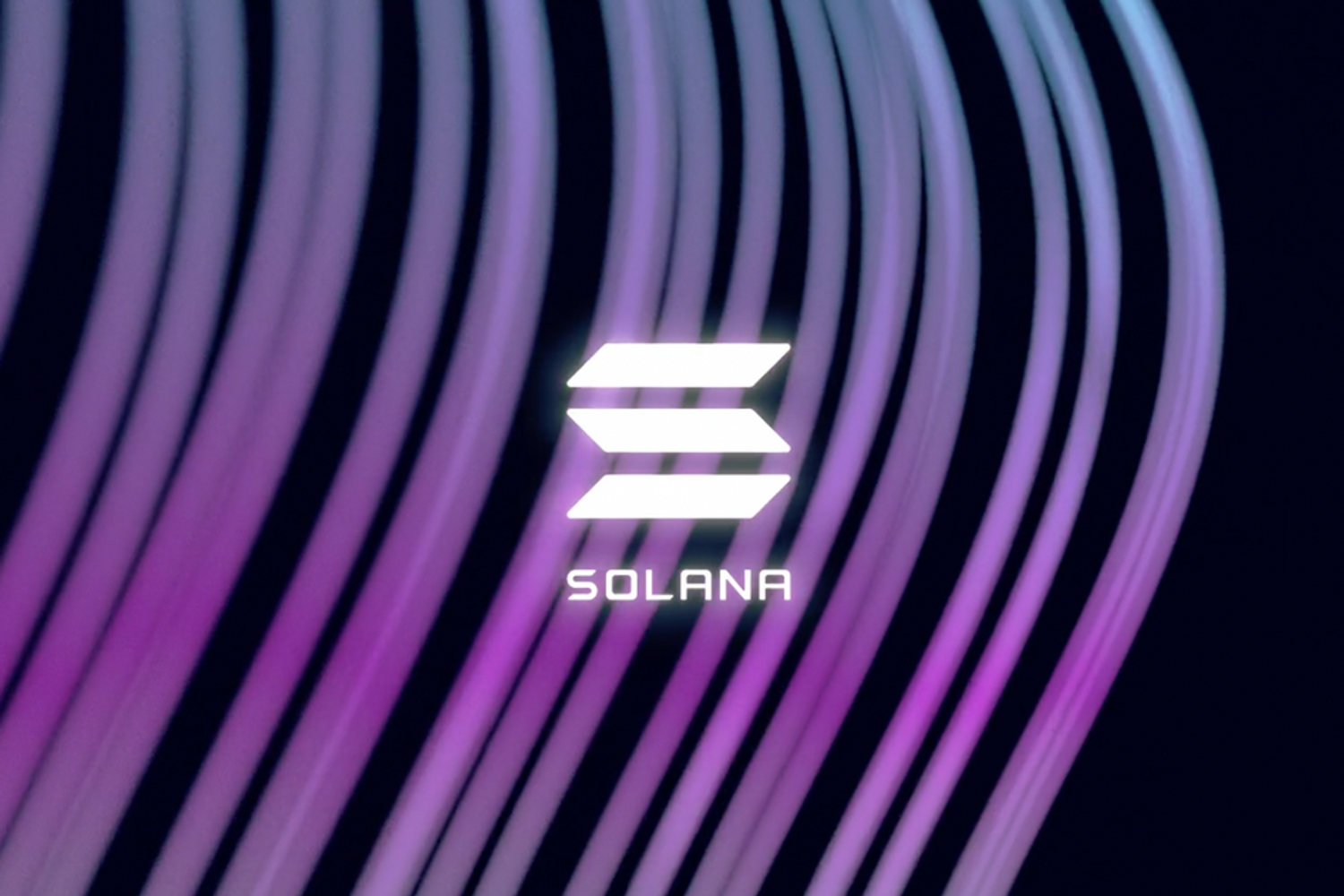Solana Foundation Addresses Environmental Concerns by Revealing Carbon Emissions Dashboard
The Solana Foundation has recently launched a real-time emissions dashboard that demonstrates the platform's comparatively low carbon emissions, setting an example for transparency and environmental responsibility in the blockchain space.
- Author: Illustrious
- Published: April 23, 2023 at 15:42
In recent years, the energy consumption of cryptocurrencies and blockchain technologies has become a significant concern, particularly in light of the increasing urgency of addressing the global climate crisis. As more and more people scrutinize the environmental impact of blockchain networks like Bitcoin, industry players are beginning to explore ways to minimize their carbon footprints. The Solana Foundation has recently launched a real-time emissions dashboard that demonstrates the platform's comparatively low carbon emissions, setting an example for transparency and environmental responsibility in the blockchain space.
Solana's Emissions Dashboard: A Step Towards Transparency
To offer a clear picture of the environmental impact of its operations, the Solana Foundation unveiled an emissions dashboard on Friday that tracks the carbon footprint created by thousands of computer servers powering the Solana blockchain. Developed by Carbonara, the footprint calculator indicates that Solana's servers emitted 10,651 metric tons of carbon dioxide in the 12 months leading up to April 1, 2023.
In order to contextualize these emissions, CoinDesk estimates that the carbon emissions generated by the Solana network are roughly equivalent to eight flights between London and New York. This route is known to produce approximately 1,300 metric tons of carbon dioxide emissions. By highlighting the relatively low carbon emissions of its platform, Solana is positioning itself as a more environmentally-friendly alternative to other blockchains.
Growing Pressure on the Crypto Industry
As awareness of the environmental impact of blockchain networks grows, the crypto industry faces mounting pressure to address the carbon emissions associated with their operations. Bitcoin, in particular, has faced harsh criticism from environmental advocates due to its energy-intensive proof-of-work mining system. This has led other networks, like Ethereum, to transition towards more energy-efficient systems, such as proof-of-stake, in an effort to mitigate environmental concerns.
The Importance of Transparency for Smaller Blockchain Networks
While most environmental critiques are directed at Bitcoin, smaller networks like Solana are also taking the initiative to provide transparency on their energy consumption and carbon emissions. Solana's topline footprint is estimated based on the locations of the network's validators and RPC nodes, according to Austin Federa, Solana Foundation's head of strategy. The dashboard models the local electrical grids, shedding light on the network's energy consumption and carbon emissions.
Conclusion
The launch of Solana's real-time emissions dashboard represents a significant step towards greater transparency and environmental responsibility within the crypto and blockchain industry. By openly sharing data on their carbon footprint, Solana is setting a standard for other blockchain networks and encouraging them to prioritize sustainability. As the urgency of addressing the climate crisis increases, it is essential for industry players to take action to minimize their environmental impact and contribute to a more sustainable future.

